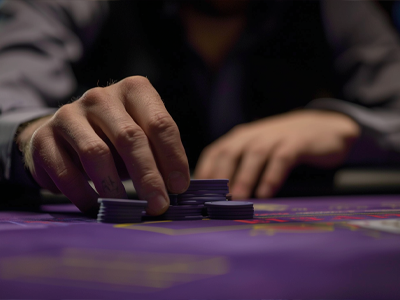Take advantage of insurance wisely and cautiously at the blackjack tables
Insurance in live dealer blackjack is often presented as a way to protect against the dealer having a natural blackjack, but its effectiveness largely depends on the player’s strategy and understanding of probabilities. The insurance option becomes available when the dealer’s face-up card is an Ace, allowing players to place a side bet that pays 2:1 if the dealer has a ten-value card underneath. While this may seem like a smart safeguard, it is generally considered a losing proposition over time.
One of the main reasons insurance is ineffective for most players is that the true odds of the dealer having a blackjack are not in the player’s favor. Since the deck contains only four ten-value cards for every thirteen total cards, the probability of the dealer holding a blackjack is roughly 31%. This means that for every insurance bet placed, the payout does not align with the actual risk, leading to long-term losses for those who take the bet frequently.
However, in certain situations, experienced players who use card-counting techniques may find insurance to be a more viable option. If a player knows that the deck is rich in ten-value cards, the likelihood of the dealer having blackjack increases, making the bet more favorable. Still, this requires precise tracking of the cards in play, a skill that most casual players do not possess.
For the average player, declining insurance is typically the best decision. While losing to a dealer blackjack can be frustrating, the math behind the game shows that taking insurance is usually a net loss. Instead of placing side bets that do not offer positive expected value, players should focus on sound strategy, bankroll management, and decision-making based on basic blackjack principles to maximize their chances of success in live dealer games.

